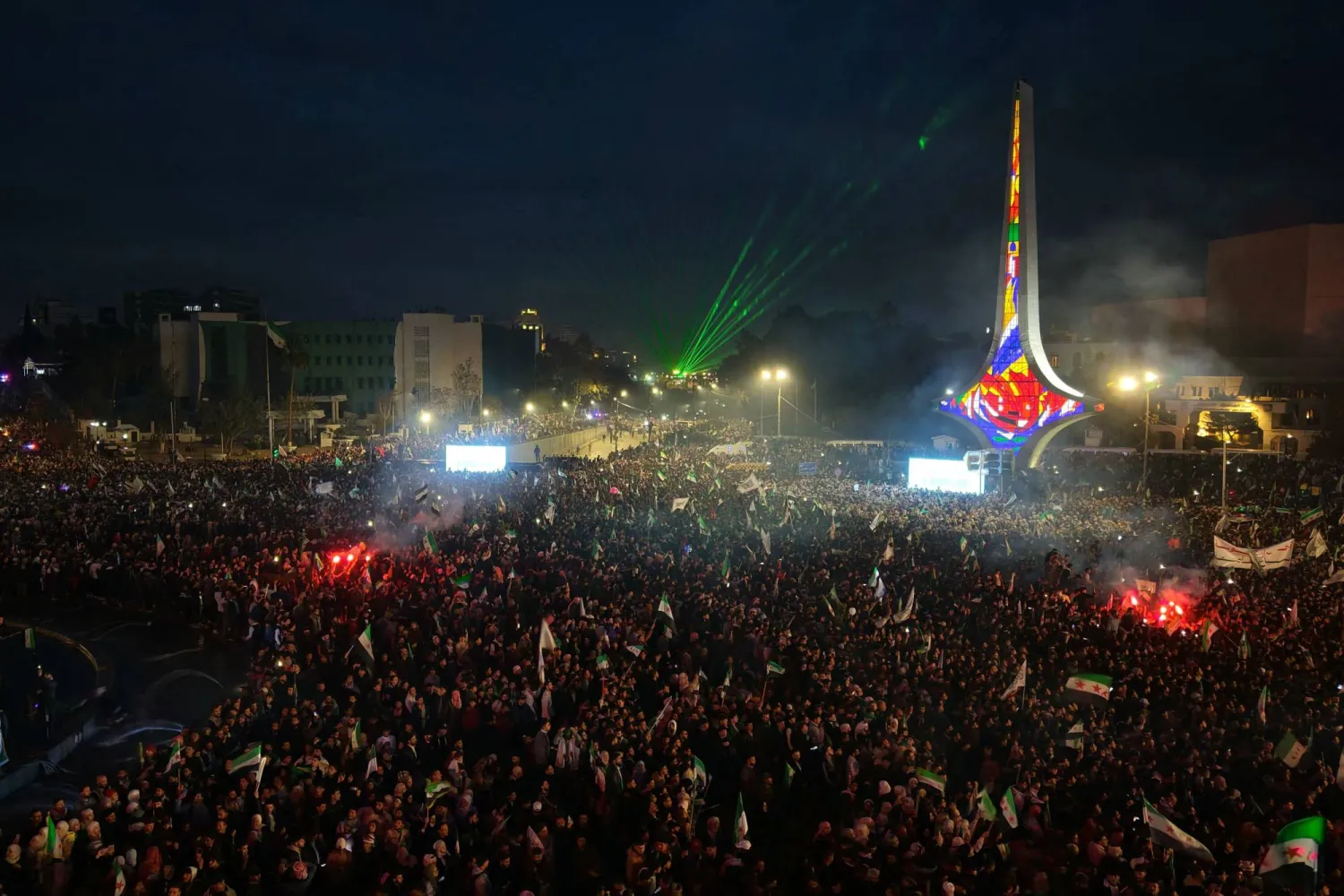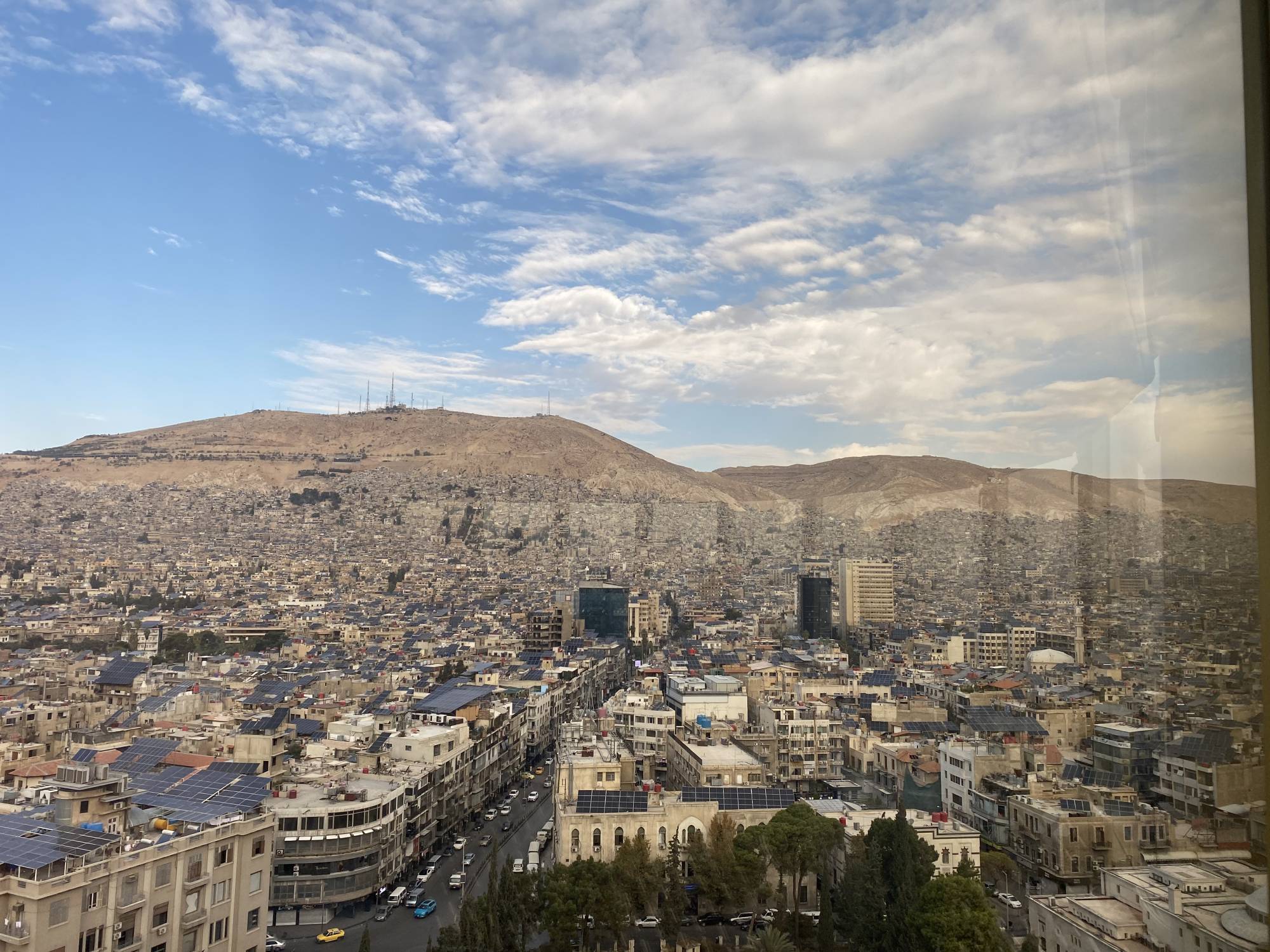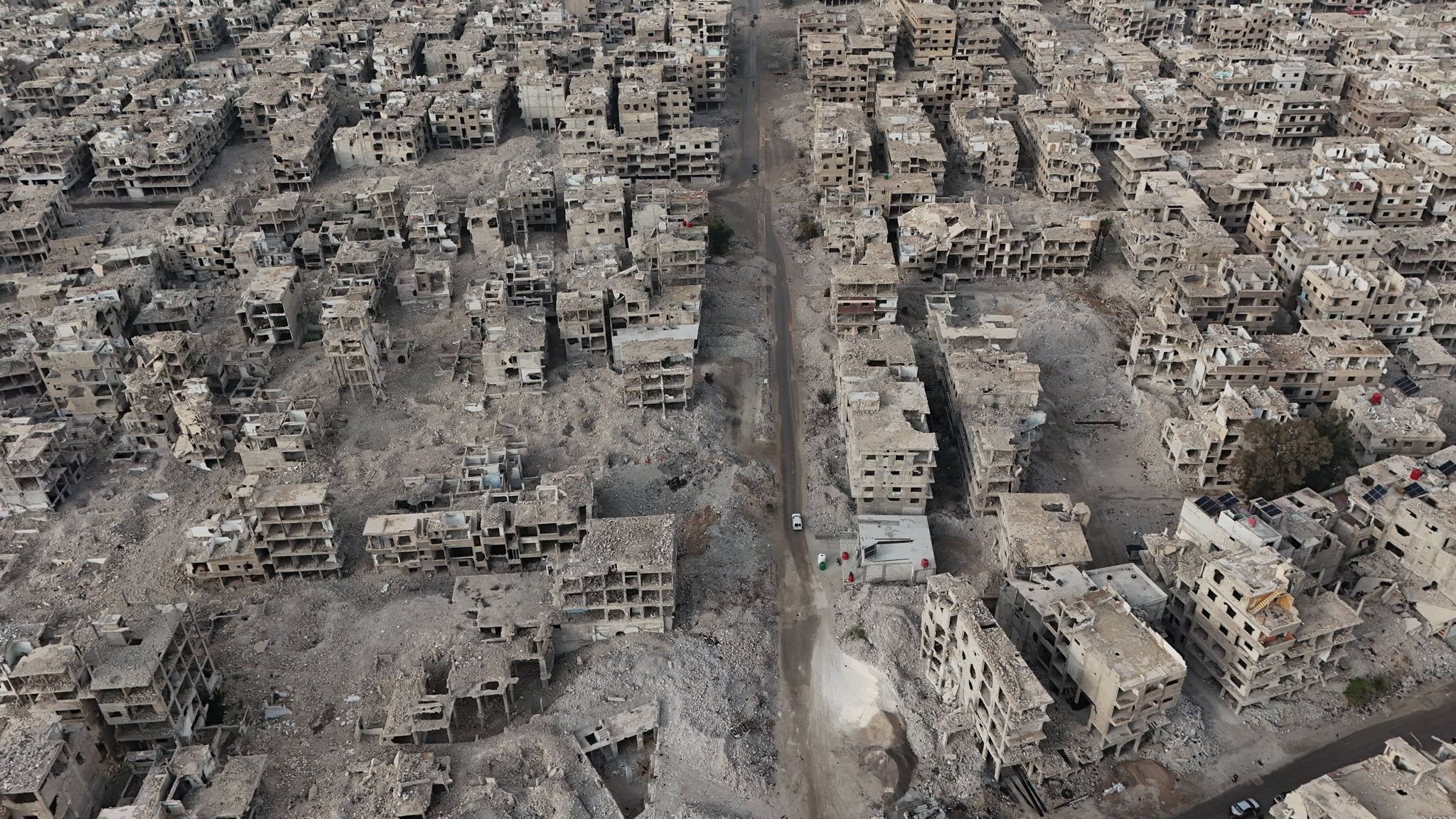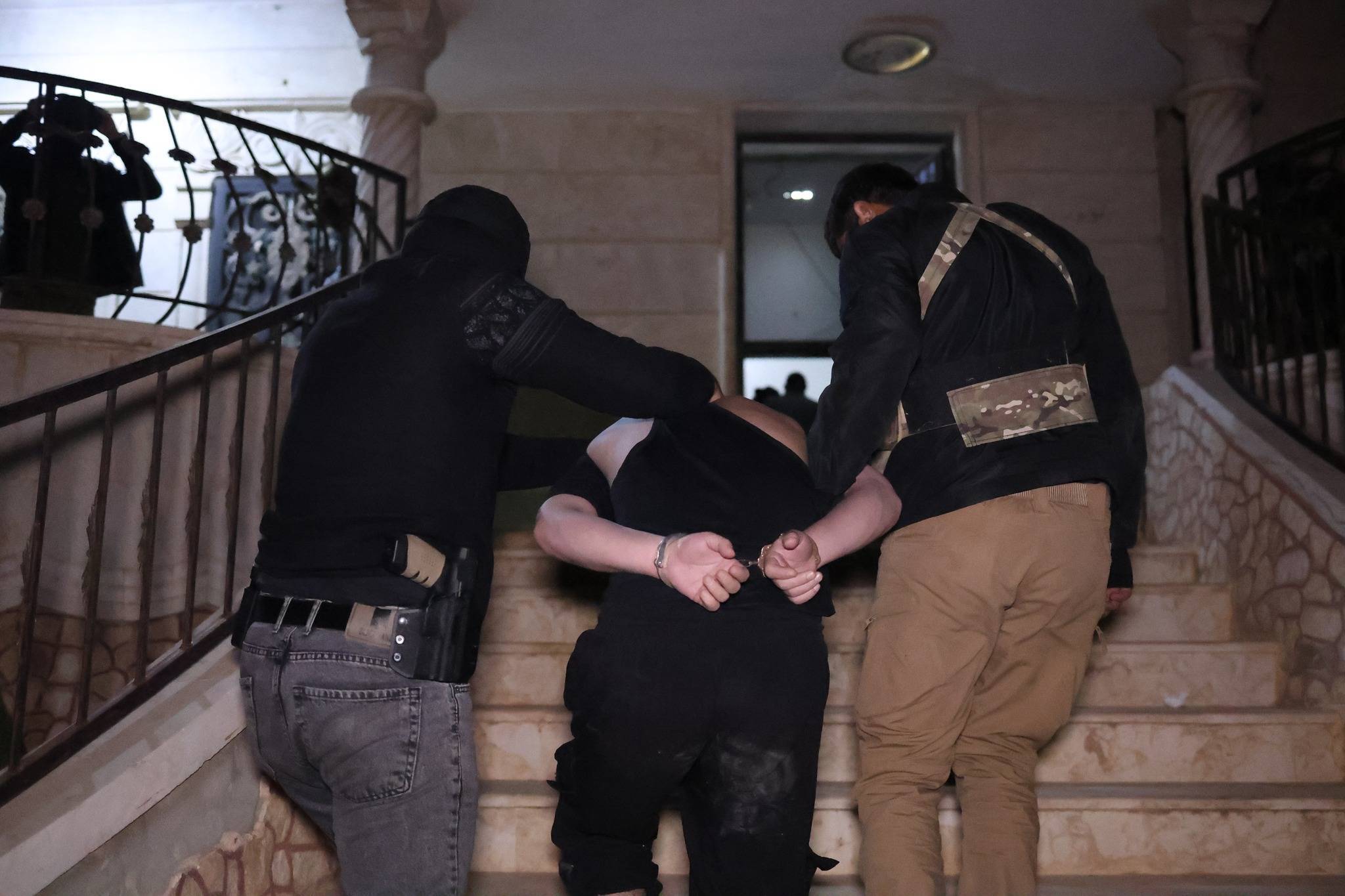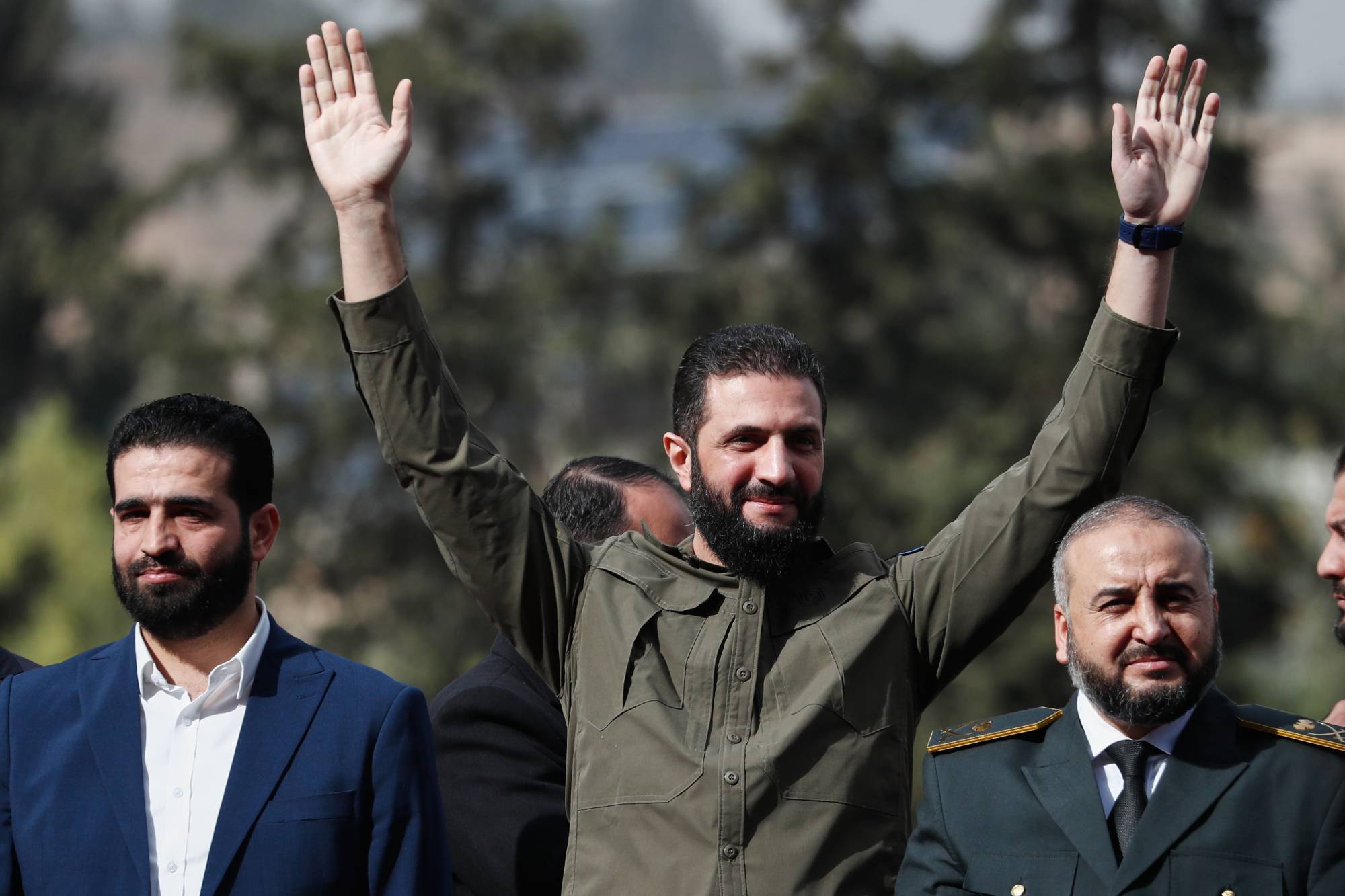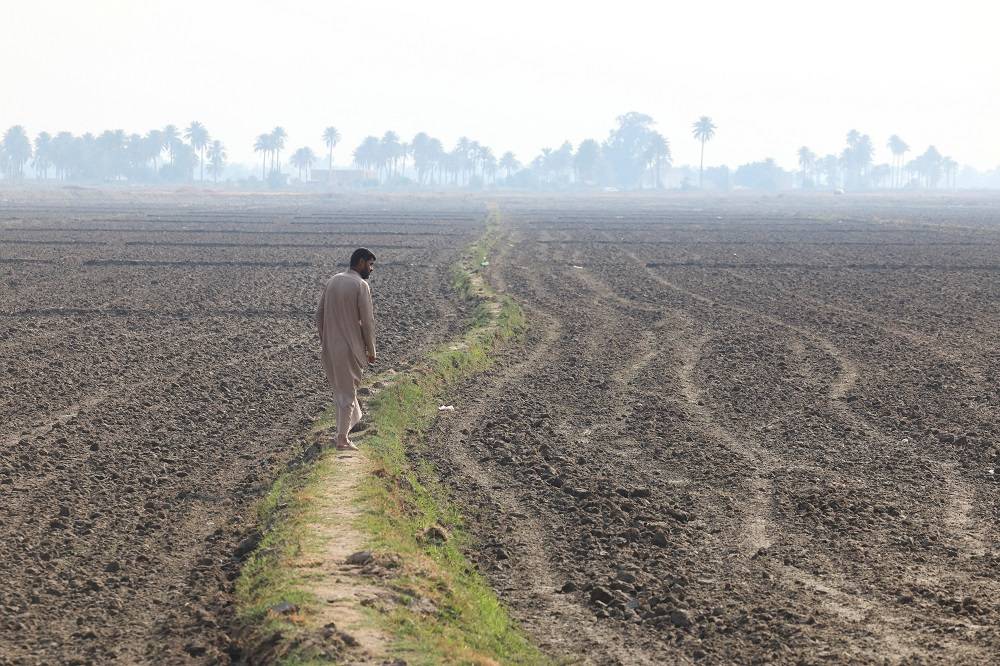In the second half of 1998, Syria was reassured by its “tutelage” over Lebanon on its western front and was testing secret channels with the new decision-maker on its southern borders, Israeli Prime Minister Benjamin Netanyahu.
However, the country was encircled by the Iraqi flames in the east and by a storm of Turkish threats and military build-up on its northern borders, aimed at pressuring President Hafez al-Assad to expel the leader of the Kurdistan Workers’ Party, Abdullah Ocalan.
As tension rose in Iraq at the beginning of 1998, Assad dispatched his deputy, Abdel Halim Khaddam, and Foreign Minister Farouk al-Sharaa to Cairo, to convey a message to Egyptian President Hosni Mubarak.
According to the minutes of the meeting, obtained by Asharq Al-Awsat from Khaddam’s personal papers, Assad and Mubarak were convinced that Saddam “was not removing the pretexts” to prevent military escalation. The two leaders agreed to send a joint message and to tell Saddam Hussein frankly, that the strike would target him in particular, as a regime change was required and would not happen but through an attack.
By the end of that year, the American threat was approaching Iraqi soil. Upon examining the documents and messages between Saddam, Assad and other leaders, it was evident that the Iraq issue was linked to other files - other gains pertaining to Syria.
In fact, in July 1996, French President Jacques Chirac tried to lure Assad to disarm Hezbollah in Lebanon in exchange for working with Netanyahu for “Israel’s withdrawal from the Golan and the guarantee of Syria’s continued military presence in Lebanon.”
Almost two years later, US President Bill Clinton clearly declared Assad’s “neutrality” regarding a strike on Iraq by working to resume peace negotiations with Netanyahu “from where they left off” during the era of his predecessor Shimon Peres in 1996, when the Syrian President received an Israeli commitment to a complete withdrawal from the occupied Syrian Golan Heights to the June 4, 1967 line.
On February 21, 1998, Clinton wrote to Assad: “If Saddam compels us to take military action, it will be important for Syria to remain committed to Iraq’s full compliance with UN resolutions… I am fully aware of our previous efforts (in the Syrian-Israeli peace negotiations) and I am not ready to go back to ground zero. However, based on my conversations with the Prime Minister of Israel (Benjamin Netanyahu), I believe that it is still possible, even at this time, to achieve a peace agreement. Flexibility will be required on both sides.”
Assad responded on March 13, 1998, saying: “You have noticed the extent of anxiety and tension that prevailed in public opinion, especially in the Arab and Islamic worlds, due to the possibility of military action against Iraq that would increase the suffering.”
He added: “But resuming negotiations without continuing to build on what has been achieved will not only be a waste of five difficult years of US, Syrian and Israeli efforts, but will also lead to derailing the negotiations.”
The Iraqi problem was one of the most dangerous crises that the region witnessed after the Iraqi forces invaded Kuwait. American pressure was mounting with regards to the weapons of mass destruction. The only way to inspect them was the creation of the Monitoring and Inspection Committee by the Secretary-General of the United Nations.
In light of the tense situation, Assad made a phone call with Mubarak, during which they agreed that Khaddam and Foreign Minister Farouk al-Sharaa visit Cairo to assess the situation and draw the appropriate position that would ward off harm from Iraq.
On February 17, 1998, Khaddam and Al-Sharaa met in Cairo with Kamal Al-Ganzouri, Prime Minister of Egypt, Amr Moussa, Minister of Foreign Affairs, and Osama Al-Baz, Advisor to the President for Political Affairs, before meeting Mubarak.
According to the minutes of the meeting, Mubarak asked the Syrian delegation how they would evaluate the situation, their opinion about the correctness of the Americans’ intention to strike Iraq and the Israeli role in the crisis.
Khaddam replied: “Of course, Israel has a role. Mr. President, in view of what is happening, is this fierce campaign and this large crowd aimed for searching for weapons of mass destruction in Iraq? […] Or there is something else being plotted for us, as Arabs, and for the region? Insisting on Iraq’s weapons of mass destruction is just an argument, nothing more, nothing less. Moreover, Saddam says there is nothing there, that the weapons have been destroyed. He says that the eight presidential palaces have nothing and that they are open to the inspection body of the US and the United Nations. However, the Americans, the British and others who joined them still say that it is necessary to implement international legitimacy and UN resolutions and allow the international and US inspectors to search for weapons of mass destruction, biological or chemical weapons, etc., and come up with opinions and theories about them and their whereabouts.”
Khaddam asked: “Is this campaign and this mobilization that is taking place in full swing, for the sake of the weapons, or there is another goal – a goal that has been plotted long time ago and is being implemented now - while we, Arabs are facing what is happening while awaiting their will?”
Mubarak commented by saying that it was necessary to confront what was happening.
Khaddam replied: “Yes, and there is a conviction among the Arab citizens and in the Arab street that what is happening is planned by the Americans and the Israelis, on the one hand to provide support for Israel, and on the other hand for hegemony and control of this region, in implementation of the same Israeli project throughout history […]”
The Syrian vice-president went on to say: “I hope that we will work together to confront the situation and study the possible solutions, of course with Amr Moussa and Farouk al-Sharaa, so that we can see the picture clearly in all its dimensions. The first thing we should do is to work together to spare Iraq such a devastating military strike, and also to send a delegation to Iraq and make the necessary contacts, for the sake of the Iraqi people […]. Here I am carrying a message from President Hafez al-Assad on this subject.”
Mubarak replied: “Certainly, the implementation of Security Council and United Nations resolutions with regard to inspection and destruction of weapons of mass destruction and other weapons must be adhered to, and then the inspection mission should be carried out… to avoid a military strike.”
Khaddam, for his part, said: “Yes. I am one hundred percent sure that no Iraqi envoy would dare to convey such words to Saddam personally.”
Mubarak replied: “This is exactly what is happening, and it happened during his invasion of Kuwait. We advised him, but he refused to listen, and the result is what you see today.”
Khaddam told the Egyptian president that Saddam Hussein must be explicitly told that the strike “will come and target you in particular, as a regime change will not happen without an attack.” Mubarak agreed.
Days after the Cairo trip, the Secretary-General of the United Nations, Kofi Annan, arrived in Baghdad and held talks with the Iraqi leadership that led to the signing of an agreement, in which Saddam accepted the terms of the Security Council for supervision and inspection.
Khaddam recounted: “The storm receded, but for how long? Have American goals changed, or will their methods change?”
The Syrian vice-president said that during the crisis between Iraq and the United States, the US administration made several contacts with Damascus with the aim of “dissociating the Syrian position and reminding us of the 1990 alliance during the occupation of Kuwait.”
Saddam agreed to the demands of the Secretary-General of the United Nations. However, after accusing Baghdad of not cooperating with UN inspectors and observers, Clinton took a decision to bomb Iraq on December 15, 1998, focusing on Baghdad and strategic sites in Iraq, with the participation of Britain. On December 19, President Clinton ordered a halt to the bombing.
Khaddam said that these operations had a deep resonance in the Arab and Islamic worlds, and loud demonstrations took place. In Damascus, Syrians demonstrated and attacked the US embassy and the residences of the US and British ambassadors.






